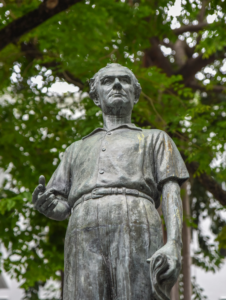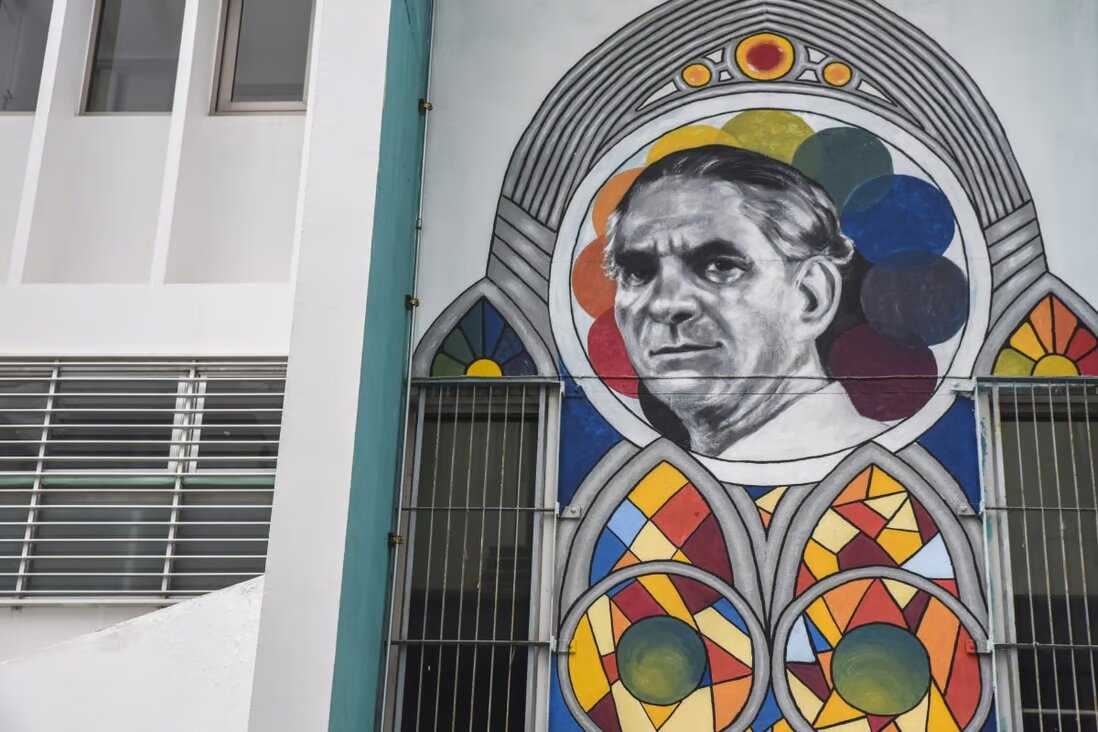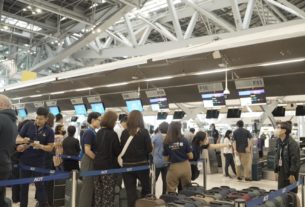
The Italians who shaped Bangkok – how a sculptor from Florence and two Turin architects left a legacy of European aesthetics in the Thai capital
Corrado Feroci moved to Thailand in 1923 and created an oeuvre of important monuments, and a top art school, becoming the country’s ‘father of modern art’
He followed architects Mario Tamagno and Annibale Rigotti, who designed iconic buildings to meet Thai royals’ wish to diversify the look of the capital
In the shady grounds of Bangkok’s leading arts university, the next generation of Thai painters and sculptors are overseen by a grey-haired Italian man – one who died six decades ago.
Corrado Feroci is ubiquitous at Silpakorn University. The revered artist is depicted in giant wall murals and a commanding statue.
His Thai nickname, Silpa Bhirasri, inspired the very name of the establishment, which he founded in 1943.
Thailand’s “father of modern art”, Feroci is one of the most important expatriates in Thai history. Yet few tourists to Bangkok recognise his widespread influence.
Many unknowingly pass the giant works of this European who, 100 years ago, was plucked from obscurity by the king of Thailand and moved to the Asian nation, where he forever changed its art scene.

After being invited to Thailand by King Rama VI (who reigned from 1910-1925) in 1923, Feroci became a superstar in his adopted homeland over the next four decades.
His creative DNA is found across Thailand, where he designed or sculpted 18 major public artworks. He is responsible for several of the most prominent monuments in Bangkok, including massive royal statues, colossal war memorials and monuments to democracy.

